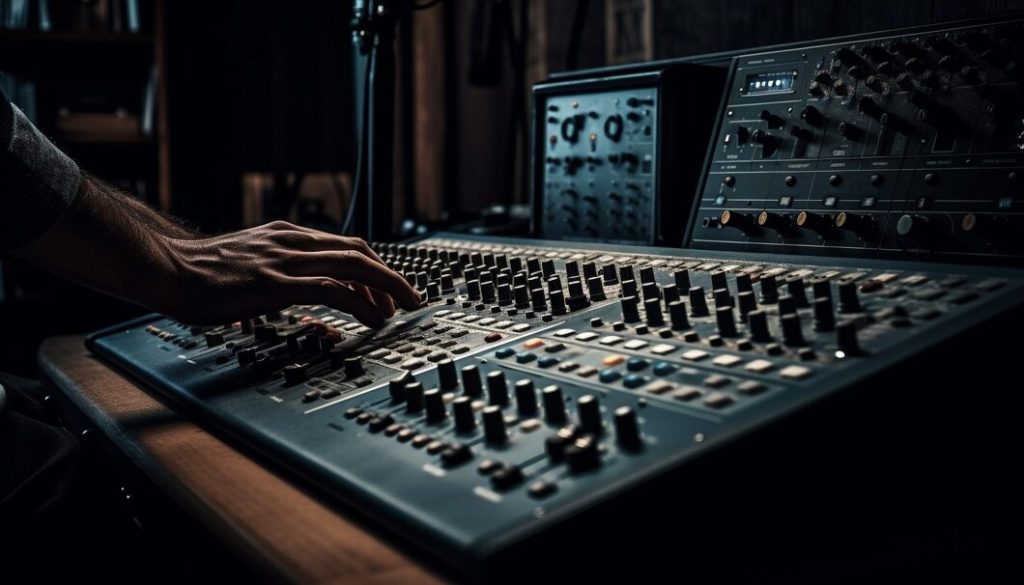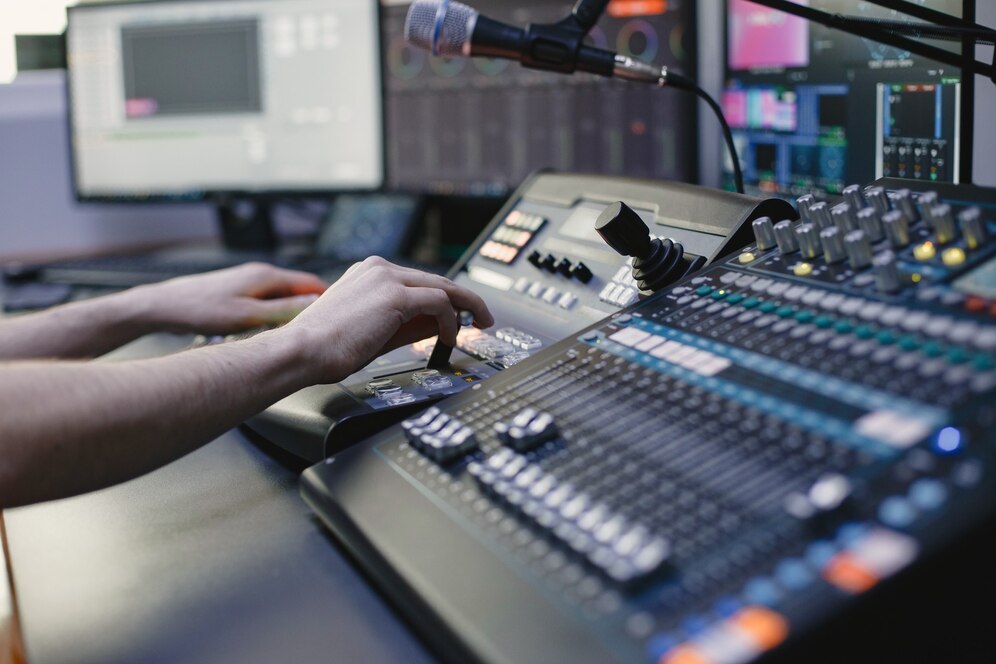When it comes to audio production, balancing various elements to create a harmonious and impactful sound piece is not an easy task. This challenge is addressed by utilizing reference tracks, a key component in music mixing.
Defining Reference Tracks in Audio Production
Reference tracks are preciously mixed or mastered songs that sound engineers use as markers to define the quality of their mixes. This technique facilitates the production of a mix that meets the desired sound output, setting standards of tonal balance, dynamics, and imaging in mixing.
What Constitutes a Reliable Reference Track?
A great reference track should correspond with the genre and feel of the mix you are working on. Tracks with a similar mood, rhythm, and sound design prove valuable, providing a comparative base for your mixes.
Balancing the Mix with High-Quality Reference Tracks
High-quality reference tracks serve as an optimal guide for balancing various elements of a mix such as frequencies, panning, and volume levels. Mixing reference tracks can even provide insight into genre-specific mixing techniques, hence its importance in audio production (Importance of reference tracks).
Guides to Selecting Effective Reference Tracks
Picking the right reference tracks can be tricky. The choice depends heavily on the type of sound one desires to achieve. It isn’t only about selecting a chart-topping song but considering the technical aspects of the track.
Critical Aspects of a Balanced Mix Reference
A balanced mix reference should not overly favor any frequency bands. From the low end to the high end, all should be equally represented. It should elicit critical listening in mixing and emulate the depth, width, and height present in your mix.
The Impact of Reference Tracks on Sound Quality
Reference tracks dramatically affect the final sound product. They help maintain frequency balance, influence EQ decisions, and even inform stereo imaging. A reference track impact can be quite significant if used correctly.
Developing a Workflow with Studio Reference Materials
A systematic workflow with reference tracks is imperative for productive mixing. Streamlining the mixing process, studio reference materials provide a reliable frame to consistently verify your mixes.
Reference Track Tools for a Streamlined Workflow
Ensure to have an array of reference track tools at your disposal. This equipment helps tailor a unique sound and allows for the tweaking of sound elements while maintaining the structural integrity of the original mix, which defines the reference track workflow.
Efficient Techniques in Using Reference Tracks Effectively
Frequency matching and A/B comparison are good ways of using reference tracks effectively. Calibrating your mix can be simplified by keenly analyzing mix references, leveraging these insights to enhance the quality of your output.
Navigating Mastering with Reference Tracks
Mastering with reference tracks is yet another step towards professional-grade music production. It offers guidelines for EQ adjustments, dynamics control, and perceived loudness, thereby enhancing the overall mix quality.
Enhancing the Mix Quality through Reference Track Techniques
Reference track techniques guide you through the intricate process of mixing. Whether it’s deciding on EQ settings (EQ matching in mixing) or sound stage design, these techniques provide invaluable input that takes your mix to a higher level.
Understanding EQ Matching in the Context of Mixing
EQ matching is a process where a mix’s frequency response is adjusted to match a selected reference track closely. It’s an essential step in using reference tracks in mixing and mastering and improving the overall balance and sound quality.
Best Practices in Reference Track Selection and Use
Employing reference tracks to aid your mixing process needs not only knowledge of what they are but also how to effectively use them (Reference track best practices). The benefits of comparative mixing analysis using reference tracks can only be reaped if done correctly.
Get the Most Out of Your Mixing with Reference Song Practices
Mixing with reference songs allows for constant cross-referencing with professional standard tracks yielding higher sound quality. It propels one’s learning curve and widens one’s repertoire of sound manipulation techniques.

The Benefits of Comparative Mixing Analysis Using Reference Tracks
Comparative mixing analysis helps one identify discrepancies in their mix, highlighting areas that need enhancement. Analyzing your mix against a reference track gives an immediate sense of the changes required to improve the sound quality – a clear reference track benefit.
Monitoring Your Mix: The Role of References
Monitoring with references is a step that should not be overlooked. Reference tracks provide a standard against which your mix can be continuously evaluated and tweaked to perfection.
A/B Testing in Mixing: Reference Tracks for Clear Comparisons
A/B testing in mixing is a technique where a mix and a reference track are quickly swapped back and forth. This helps the engineer ascertain whether the mix aligns with the reference, a critical step in track referencing in mixing.
Observing the Impact of Reference Tracks on the Final Output
Understanding the correlation between the reference tracks used and the final output is essential. Reference tracks shape the outcome of the mix, influence the decisions made during the mixing process, and direct the overall design of the sound.
In conclusion, the role of reference tracks in mixing is paramount to achieving your desired sound quality. By selecting right and utilizing these tracks effectively, the final output can meet and even exceed the electronic music industry’s standards. Remember, practice and consistency are key as you aim for excellence in your audio production journey.

